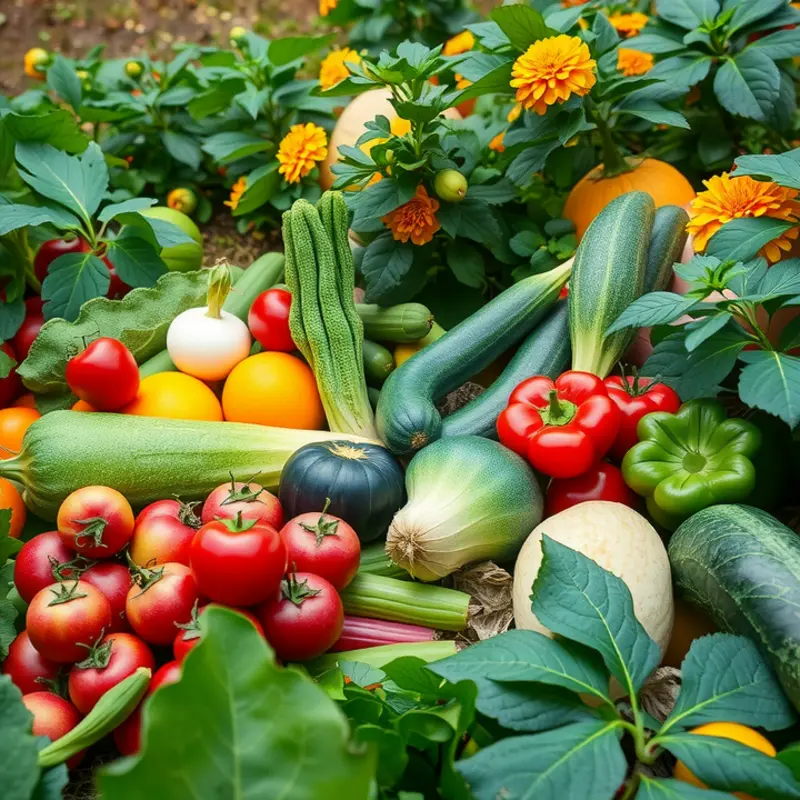Emotional health and eating habits are deeply intertwined. For many, food is not just sustenance but a source of comfort and, at times, guilt. Making guilt-free food choices can support both your emotional well-being and mindful eating practices. By understanding your relationship with food and embracing healthier options, you can foster a positive mindset and build lasting habits that nourish both body and spirit.
Understanding Your Relationship with Food

Our relationship with food is intricately tied to our emotions. When aware of this connection, the influence emotions have on our eating habits becomes undeniable. Whether it’s reaching for something sweet during a stressful day or a savory snack when bored, our emotions play a pivotal role in shaping our food choices.
Emotions such as stress, joy, sadness, and even boredom can trigger specific eating habits. Stress, in particular, often leads to mindless eating, where you consume food without paying attention to the experience. This behavior can disconnect you from hunger signals, leading to overconsumption and subsequent guilt. On the other hand, celebrating with food is a common way to express joy but can also lead to overindulgence, especially if celebration becomes a frequent pretext for eating indulgently.
Reflecting on personal experiences with food can help build a healthier mindset. Begin by keeping a food and mood journal, noting what you eat and your emotional state before and after eating. Patterns will likely emerge, revealing the emotional triggers that influence your eating habits. Identifying these patterns allows for better understanding and control, transforming the relationship with food into a more mindful and conscious interaction.
Recognizing the emotions driving your eating is only part of the process. It’s equally important to address these emotions in healthier ways. If stress pushes you toward comfort eating, consider alternatives such as mindfulness exercises or taking a short walk to clear your mind. Embracing these practices can gradually replace the habit of stress eating with more nourishing activities.
Moreover, understanding the root of food-related guilt is crucial. Often, such guilt stems from societal pressures or self-imposed restrictions. It’s vital to remember that balance is key to a healthy diet, without rigid rules that categorize foods as ‘good’ or ‘bad.’ This perspective shift can alleviate the emotional burden attached to eating choices.
Building a healthier relationship with food also involves educating yourself about nutritious choices. Mindfulness in ingredient selection—such as opting for functional herbs for mood stability—can enhance both physical and emotional well-being. Learn more by exploring resources like addressing unconscious eating to deepen your understanding of mindful eating habits.
By exploring these aspects of your relationship with food, you can create a pathway to nourishing both your mind and body. The journey towards guilt-free eating is as much about introspection and emotional awareness as it is about the nutritional value of what you consume. Reflect on your past experiences, identify patterns, and take small, mindful steps towards a more harmonious relationship with food.
Practical Guilt-Free Food Choices

For those seeking to nourish both body and mind, identifying guilt-free food options is essential. These choices not only bolster physical health but also cultivate a positive mental state. The process begins with embracing foods that are both nutritious and satisfying, eliminating the accompanying guilt.
A cornerstone of guilt-free eating is portion control. By understanding and respecting serving sizes, we avoid overindulgence and appreciate what we consume. Mindful portioning encourages attentiveness to hunger cues, helping distinguish between emotional and physical hunger.
Whole foods, celebrated for their minimal processing, form the foundation of this approach. Incorporate an array of fruits and vegetables, whole grains, lean proteins, and healthy fats. These selections provide essential nutrients, enhancing energy levels and emotional resilience. Studies suggest the antioxidants in berries, for instance, may reduce depressive symptoms, providing more than just physical benefits.
Incorporate foods high in omega-3 fatty acids, such as flaxseeds and walnuts, known for supporting brain health and mood stability. To explore more ingredients that bolster body and mind, read about functional herbs for mood stability. Their anti-inflammatory properties aid cognitive functions and emotional well-being.
Mindful eating underscores the philosophy of guilt-free choices. Slow down and savor each bite, giving attention to flavors, textures, and aromas. This practice transforms eating into a sensory experience, fostering satisfaction with lesser amounts. An intentional pause between bites also helps recognize fullness, aligning food intake with actual needs.
Protein-rich foods, such as legumes and lean meats, help sustain energy and regulate blood sugar levels. Quinoa, for instance, offers a satisfying texture and is rich in fiber and plant-based proteins, contributing to prolonged satiety.
The balance of flavor is equally crucial. Opt for herbs and spices to elevate dishes without added sodium, as noted in flavorful boosts that forego salt. Cinnamon, for example, can sweeten dishes naturally while also stabilizing blood glucose, protecting against sugar spikes that can lead to energy crashes.
If dairy is a concern, explore non-dairy probiotics to maintain a healthy gut microbiome. Fermented foods often boost mood by influencing gut health, where much of the body’s serotonin is produced.
Ultimately, guilt-free eating revolves around choice and balance. By mindfully choosing foods that align with health goals and ethical values, eating becomes a source of joy. Each meal becomes an opportunity to not only fuel the body but also nurture the soul, freeing us from unnecessary guilt and paving the way for sustained well-being.
Final words
Choosing to eat guilt-free is a journey of self-discovery and acceptance. By embracing food as nourishment rather than a source of shame, we can create a healthier relationship with what we consume. Integrating a variety of colorful, nutritious foods into our diets enhances our physical health and invites joy and satisfaction into our meals. As you practice mindful eating, remember that self-compassion is key. When you approach each meal with intention and gratitude, you not only nourish your body but also support your emotional well-being. Every meal is an opportunity to honor yourself, so embrace the journey with an open heart.







